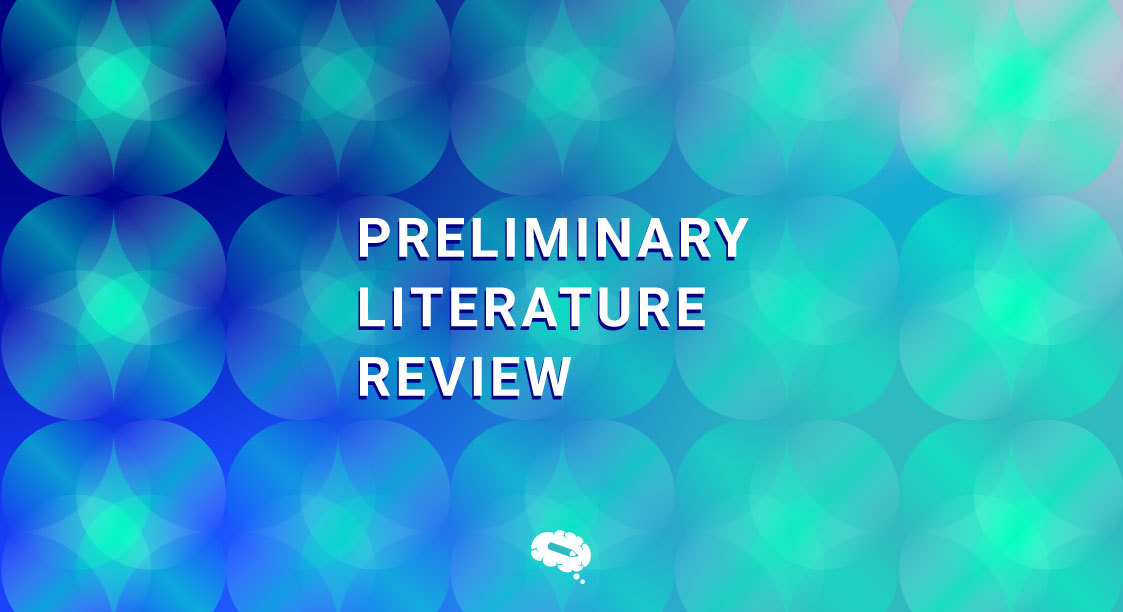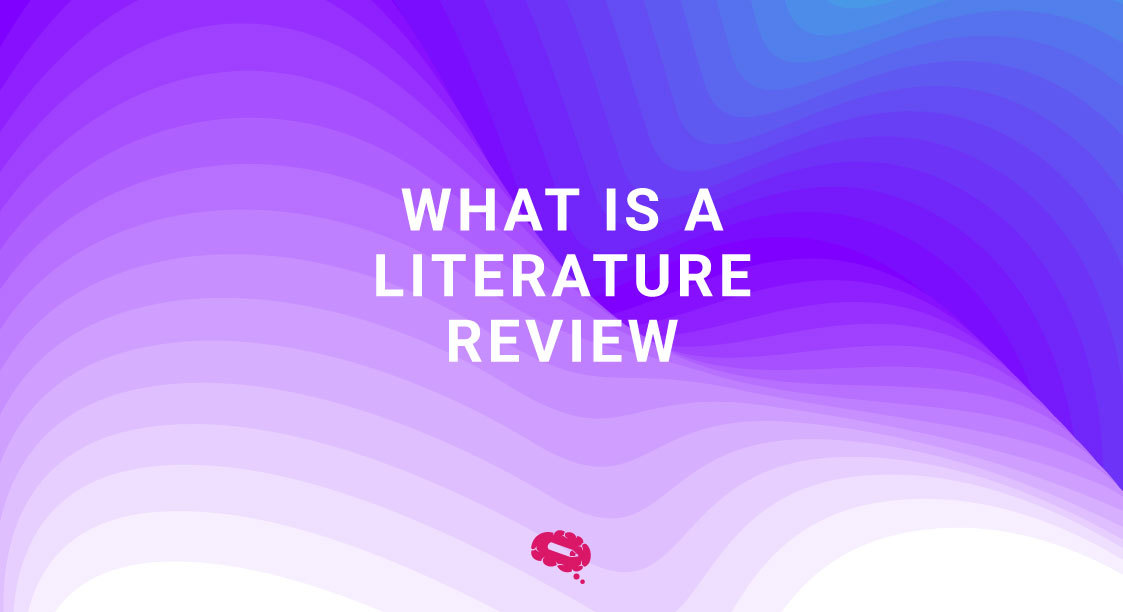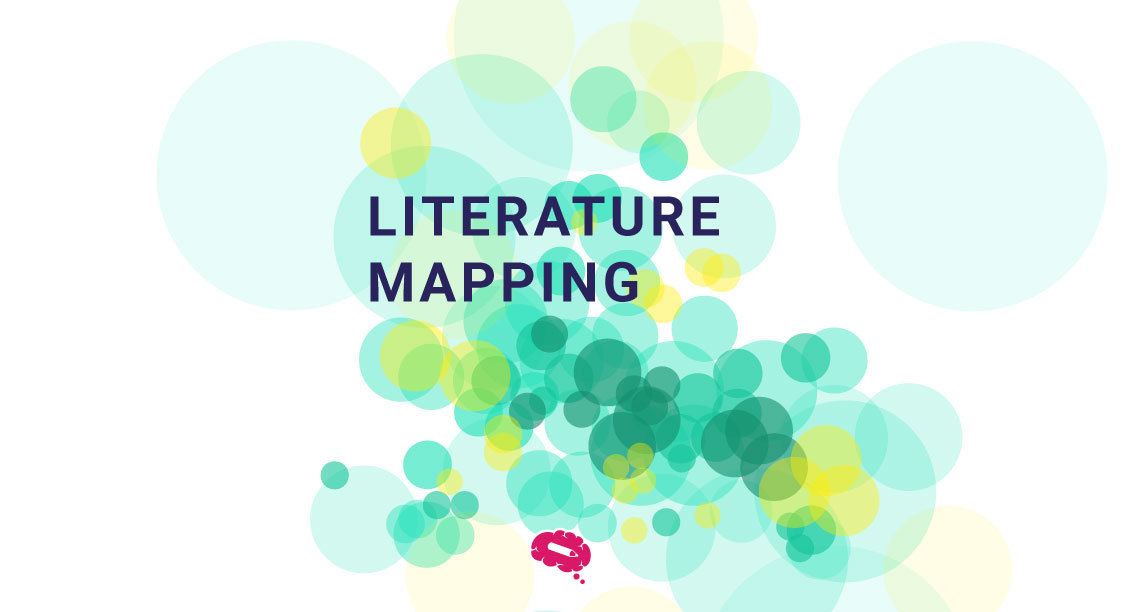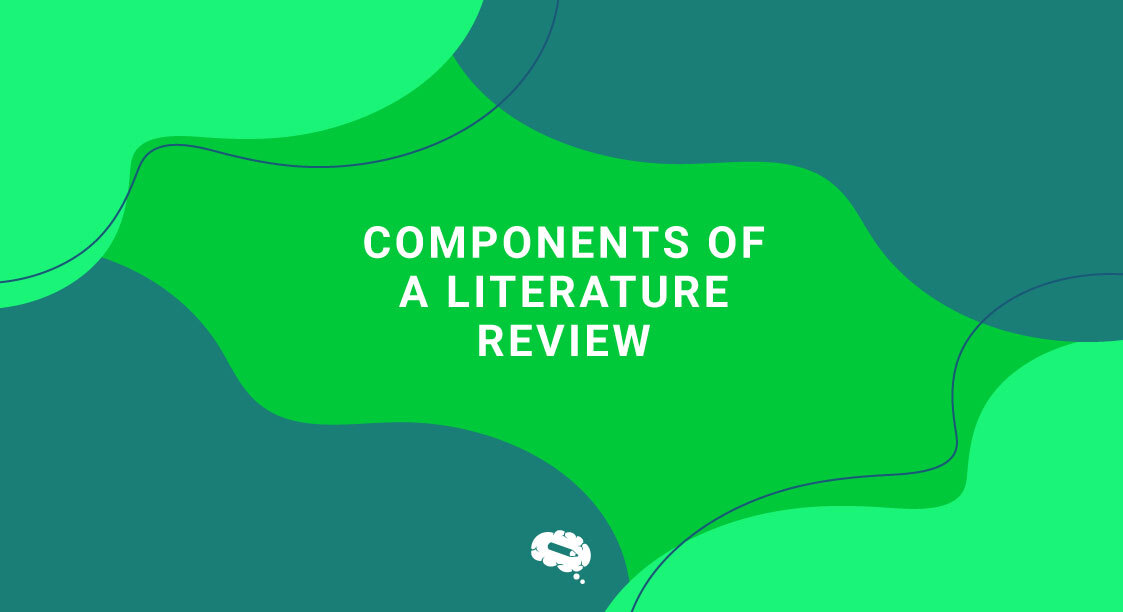In the realm of scientific research, a thorough understanding of existing knowledge and developments in a specific field is essential for driving new discoveries. This is where a preliminary literature review comes into play, serving as the foundation for any successful research endeavor. In this article, we will delve into the significance of a preliminary literature review, explore its purpose, outline the steps involved, provide useful tips, and highlight the benefits of conducting this critical process.
Introduction to Preliminary Literature Review
The preliminary literature review serves as an initial investigation into the existing body of knowledge surrounding a research topic. It involves identifying and analyzing relevant sources to gain a comprehensive understanding of the subject matter. By conducting a preliminary literature review, researchers can uncover existing theories, identify knowledge gaps, and formulate research questions that contribute to the advancement of their field.
Purpose of a Preliminary Literature Review
The primary purpose of a preliminary literature review is to establish a strong foundation for the research project. It aids researchers in understanding the historical context, current trends, and gaps in knowledge related to their research topic. By reviewing existing literature, researchers can refine their research questions, develop appropriate methodologies, and avoid duplicating previous studies. A well-executed preliminary literature review enables researchers to build upon existing knowledge and contribute original insights to the scientific community.
Steps Involved in a Preliminary Literature Review
Identifying Keywords and Sources
The first step in conducting a preliminary literature review is identifying keywords and sources relevant to the research topic. Keywords are essential for effective database searches, allowing researchers to locate pertinent articles, books, and other resources. It is crucial to select appropriate databases, such as PubMed, Scopus, or Web of Science, based on the subject area. Additionally, consulting experts, exploring reference lists of relevant publications, and utilizing citation-tracking tools can help researchers identify valuable sources.
Evaluating and Selecting Sources
Once researchers identify potential sources, they must evaluate their relevance, credibility, and quality. Critical evaluation ensures the inclusion of reliable and authoritative information in the preliminary literature review. Researchers should consider factors such as the author’s expertise, publication date, peer-review status, and the reputation of the journal or conference. Selecting high-quality sources enhances the validity and reliability of the review, strengthening the foundation of the research.
Identifying Themes, Debates, and Gaps
After gathering a range of sources, researchers should analyze and identify common themes, debates and gaps within the existing literature. Themes represent recurring topics or ideas, while debates involve conflicting viewpoints or unresolved issues. Identifying these aspects helps researchers understand the current state of knowledge and potential areas for further exploration. Recognizing gaps in existing literature enables researchers to formulate research questions that address unresolved issues and contribute to the advancement of their field.
Outlining the Structure of the Literature Review
Creating a clear and logical structure is crucial for organizing the preliminary literature review effectively. Researchers should establish a coherent flow of ideas, grouping related concepts together and providing a seamless transition between sections. An outline can serve as a roadmap for the review, ensuring that all key aspects are covered. By organizing the literature review in a structured manner, researchers can present their findings in a cohesive and engaging way.
Writing the Preliminary Literature Review
Introduction
The introduction of the preliminary literature review sets the stage by providing a brief overview of the research topic, highlighting its significance, and explaining the objectives of the review. It should capture the reader’s attention, establish the context, and clearly state the research questions or objectives that the review aims to address.
Body of the Literature Review
The body of the preliminary literature review presents a critical analysis of the identified sources. It should discuss the main themes, debates, and gaps in the existing literature, highlighting key findings and theories. Researchers should compare and contrast different perspectives, evaluate the strengths and limitations of each study, and synthesize the information to generate new insights. Proper citation and referencing are essential to acknowledge the contributions of other researchers.
Conclusion
The conclusion of the preliminary literature review should summarize the key findings, emphasize the importance of the research topic, and outline potential avenues for future research. It should also address any unresolved debates or gaps in the existing literature and highlight the significance of the research project to be proposed.
Proofreading and Editing
Once you write the preliminary literature review, it is crucial to proofread and edit the document meticulously. Researchers should ensure that the review is free of grammatical errors, typos, and formatting inconsistencies. Proofreading also helps in refining the clarity and coherence of the review, enhancing its overall quality and readability.
Learn more about editing and proofreading in this article.
Tips for Writing an Effective Preliminary Literature Review
- Start early: Initiate the preliminary literature review early in the research process to allow ample time for thorough exploration and analysis.
- Be systematic: Develop a clear plan and follow a systematic approach to ensure comprehensive coverage of relevant literature.
- Take detailed notes: Maintain organized notes while reviewing sources, highlighting key points, and recording relevant citations for easy reference.
- Stay focused: Maintain a clear focus on the research objectives and avoid being sidetracked by irrelevant or tangential information.
- Seek feedback: Share the preliminary literature review with peers or mentors to gather valuable feedback and incorporate suggestions for improvement.
Common Mistakes to Avoid when Writing a Preliminary Literature Review
- Lack of focus: Failing to establish a clear focus or research question can lead to a scattered and unfocused literature review.
- Insufficient analysis: Merely summarizing existing literature without critically analyzing the findings and identifying gaps limits the value of the review.
- Over-reliance on a single source: Relying heavily on a single source may introduce bias and limit the breadth of the literature review.
- Poor organization: Inadequate structuring and organization can make the review confusing and difficult to follow, hindering the reader’s understanding.
Benefits of Conducting a Preliminary Literature Review
Conducting a preliminary literature review offers several benefits to researchers. It helps researchers:
- Gain a comprehensive understanding of existing knowledge;
- Identify gaps and research opportunities;
- Develop research questions and hypotheses;
- Refine research methodologies and study designs;
- Avoid duplication and build upon existing research;
- Contribute original insights to the scientific community.
Tools and Resources for Conducting a Preliminary Literature Review
Several tools and resources can assist researchers in conducting a preliminary literature review effectively. Databases like PubMed, Scopus, and Web of Science offer vast collections of academic articles. Reference management tools such as EndNote, Zotero, and Mendeley facilitate organizing and citing sources. Furthermore, online communities and forums like ResearchGate provide opportunities to connect with other researchers and access valuable insights.
Examples of Good Preliminary Literature Reviews
Researchers can search for literature review examples on academic databases, such as PubMed, Google Scholar, or institutional repositories, by using relevant keywords related to their research topic. Additionally, many universities and research institutions have their own online databases where you can find literature reviews published by their faculty members or researchers.
When searching for literature reviews, it is helpful to include specific keywords related to your research topic, followed by phrases such as “literature review” or “systematic review.” This will help narrow down your search results and find relevant examples in your field of study.
Remember to cite properly any sources you use in your research and adhere to the referencing style required by your institution or publisher.
Conclusion
In conclusion, a preliminary literature review is an indispensable component of scientific research, providing researchers with a solid foundation for their investigations. By following the outlined steps, researchers can conduct a thorough review, identify gaps in knowledge, and contribute to their field. Writing an effective preliminary literature review requires meticulous attention to detail, critical analysis, and adherence to proper citation practices. With the right tools and resources, researchers can enhance their understanding of existing knowledge and effectively communicate their scientific findings.
Communicate Science Visually With The Best And Free Infographic Maker
Researchers can enhance their scientific communication through visually engaging infographics. Mind the Graph offers a comprehensive infographic maker, allowing scientists to present their research findings in a visually appealing and accessible manner. By utilizing Mind the Graph, researchers can create professional infographics that effectively communicate complex scientific concepts to a wide audience, making their research more accessible and impactful.
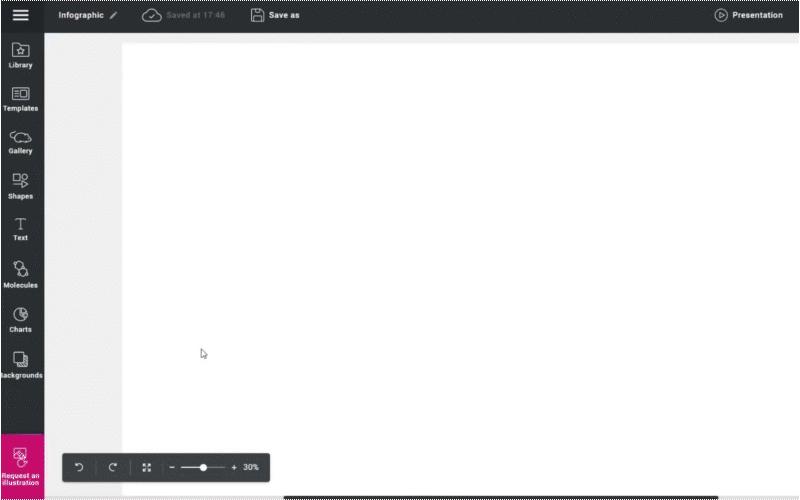

Subscribe to our newsletter
Exclusive high quality content about effective visual
communication in science.

